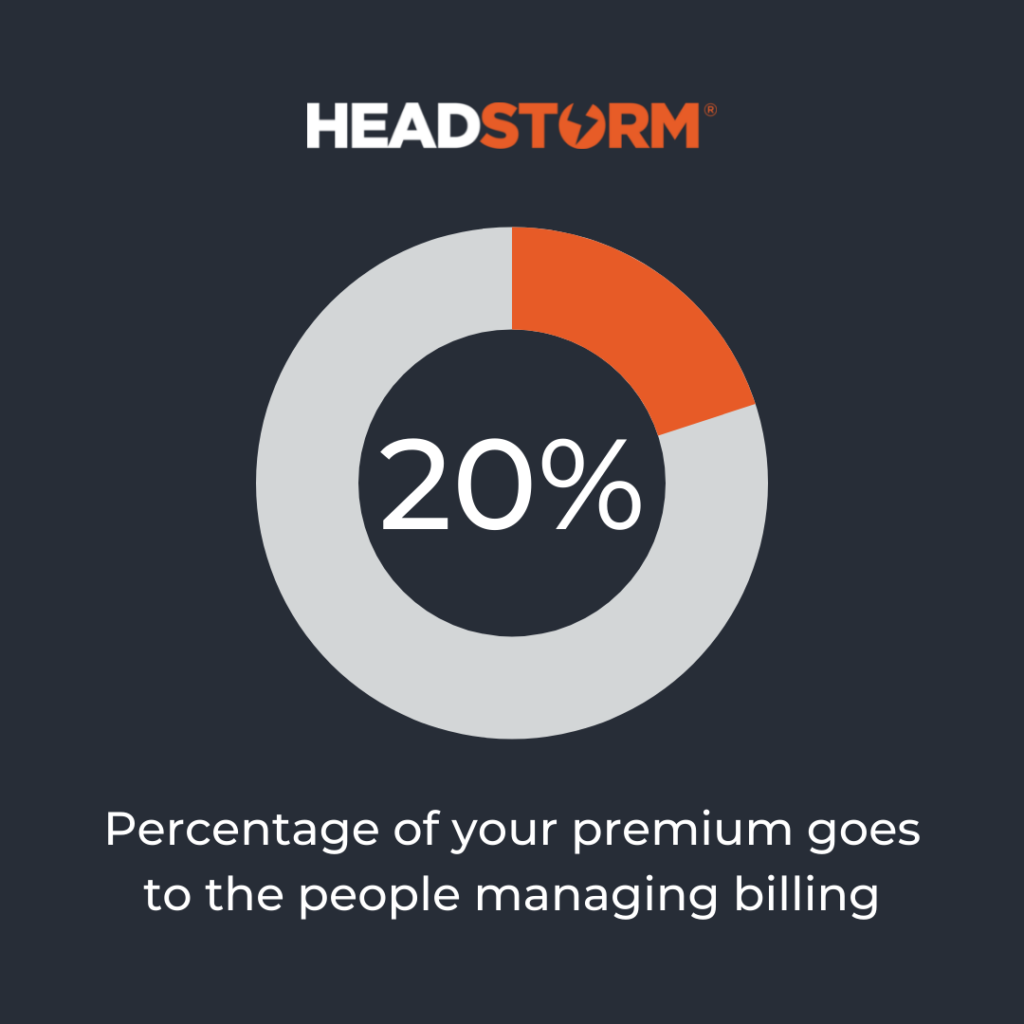
Blockchain is most often associated with cryptocurrencies and IT-based secure transactions, but it’s possible that the technology will make its biggest impact in an unusual place: healthcare. Other countries, some more tech-savvy than others, have already considered or actually begun migration of health files to a secure distributed network. Already, more than 99% of Estonia’s 1.3 million citizens have electronic health records that are secured on a blockchain network. In the United States, however, progress has been slow to nonexistent so far.
While it may seem odd that some national health services have begun to apply a technology that decentralizes and distributes medical records which have historically been intimate and highly protected, it makes perfect sense given the challenges blockchain technology solves. Medical records have to meet several standards to be useful.
While these requirements could probably be met with paper files in a locked metal cabinet, the third requirement, portability, can only realistically be done with electronic records online. The requirement for fast and reliable electronic transfers of data makes privacy and accuracy harder to accomplish with traditional data storage and transfer protocols. Blockchain has the potential to solve all of these problems at a stroke, which has led to its investigation and adoption overseas. Unfortunately, many legal and regulatory hurdles – HIPAA & data privacy laws – stand in the way of blockchain adoption in the American health system which is the largest healthcare market in the world and understandably a lumbering giant. But since we just talked about how DeFi is blowing up the lumbering giant of finance, you can predict what’s going to happen here: massive disruption.
Blockchain solves a lot of healthcare’s information challenges. While the transition takes time and money, the benefits are very likely to pay off in the long run, as more of the world takes advantage of the unique strengths of a blockchain-based information network.
Blockchain transactions are generally transparent, which greatly improves both accuracy and protections against data manipulation. Because every blockchain transaction goes out to multiple nodes, each of which has an immutable timestamp and transaction key, it becomes nearly impossible to falsify information. To create a fictitious record in a blockchain, say by falsifying disability paperwork or altering identity information, would require changing the encrypted data on dozens or hundreds of secure nodes, which to date has proven nearly impossible.
How much do medical errors currently cost Americans? Try 10% of all deaths in the U.S. making medical errors the third leading cause of death behind cancer and cardiovascular disease, as well as many less than lethal complications. These errors range from accidental misreporting of vital statistics to prescription mistakes and late detections. By reducing uncertainty about physicians’ notes and prescription orders, the error-reduction features blockchain offers have the potential to save hundreds of thousands of lives a year.
Security is one of the chief concerns for how medical records are handled in the United States. As with any new technology, blockchain’s practical use is far ahead of any regulatory guidance. The encryption protocols built into most blockchain systems massively enhance the security of transferring records over public communications channels, but the widespread application will be dependent upon compliance & regulation updates with regards to long-standing laws like HIPAA.
It isn’t just institutions that benefit from using blockchain in healthcare applications. Blockchain technology makes it relatively easy to set up very patient-friendly systems for the people receiving treatment.
The accessibility of medical information is a key concern for getting adequate care and achieving good outcomes. In Estonia, where the entire nation uses a blockchain-based health information system that gets 1.8 million inquiries a year, patients have almost instant access to health data and notes from their doctors. The national healthcare app makes connecting with health practitioners as easy as logging into a social media account.
App-based healthcare has the back-end infrastructure to support local and cloud storage of medical records. This makes it feasible to track changes to a medical record in real-time and get fast access to test results, doctors’ orders, and changes to prescriptions.
Patients’ medical records have to move with them as they transfer between facilities or providers. In the United States, this is currently done with paper records inside opaque white envelopes all delivered via the Pony Express. By changing over to a blockchain system, providers, from ambulance crews to personal physicians and ER doctors, can instantly transfer the necessary records more securely than ever.
Healthcare institutions in the United States have not been slow to adopt blockchain solutions out of a misunderstanding of its potential, but out of a slow-to-adapt legal environment that still regulates health information the way it did decades ago. Most of the privacy and security laws that providers and carriers follow were written long before blockchain was first developed, and as a result, the American market is anything but innovation-driven. Unfortunately, this means that a lot of blockchain’s potential won’t be met until the laws regulating health informatics catch up to what’s possible.
Despite Washington’s slow pace of change, some parts of the U.S. healthcare industry have already seen the potential of blockchain and moved to implement it where they can.
Medical billing presents possibly the highest potential for blockchain-based applications. Using a secure blockchain network, it’s possible for early adopters such as Anthem and Change Healthcare to develop smart contracts with their partners and vendors. These contracts run on a smart platform architecture and automatically police their own compliance. This has traditionally been the work of human employees who collectively consumed something like 20% of the premium revenue these companies collected.

The automated compliance monitoring built into these smart contracts works quietly in the background, using largely open source software anyone can examine, to keep all parties informed about compliance and alterations to terms.
As good as blockchain has already been for health insurers, there is still plenty of room to grow. Blockchain and its spinoff technologies have the potential to replace mere compliance with HIPAA, which is currently the standard for protecting health records, with genuine security. Rather than using opaque paper envelopes, and horse-drawn carriages, a blockchain-backed secure transfer uses top-shelf encryption and makes unauthorized access somewhere between difficult and impossible.
Beyond security, blockchain-packaged medical data can integrate previously segregated patient data safely and accurately. Of particular interest is the integration between electronic medical records (EMR)s and electronic health records (EHR)s. The former are personal medical records that follow the patient from facility to facility, while the latter are facility-specific and currently don’t travel well. Currently, carbon-based lifeforms pass information between healthcare facilities meaning human errors enter the process whether that’s a lapse in memory or a mistake in data entry. The secure integration blockchain makes possible is a one-step solution to this problem, even for patients who need medical care overseas or in a different part of the country.
Blockchain’s adoption has been slow to start in the United States, but the 2020-21 COVID-19 pandemic has accelerated things. As more insurance companies, HMOs and independent providers start to implement blockchain solutions, your firm may find itself wondering how it can prepare for when regulations change and the lumbering giant of healthcare becomes limber and undergoes a glam-up. Organizations often prefer to have experienced guides when evaluating innovative tech and what place it has in their organization – that’s where Headstorm comes in, and we’re happy to talk with your team about how we can help.
Learn how our suite of capabilities fuels business innovation
Talk to us about solving data-driven challenges with speed & scale
Dallas
15455 Dallas Pkwy, Ste 300
Addison, TX 75001
214.396.5390
Pittsburgh
181 42nd St.
Pittsburgh, PA 15201
San José
SIGMA Business Center
San José, San Pedro
Engineering Growth™
© 2024 Headstorm® LLC. – All Rights Reserved.
Headstorm is a registered trademark of Headstorm LLC.
Any unauthorized use is expressly prohibited.
Stay in the know.
This website uses cookies to ensure you get the best experience on our website. By continuing to use our site, you agree to the use of cookies. Read more about our privacy policy.